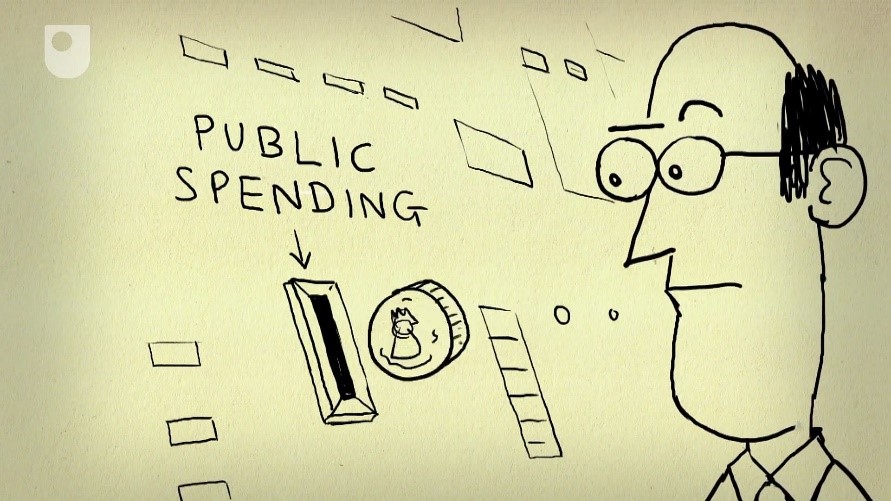





Disclaimer: Copyright infringement not intended.
Context
Paradox of Thrift
Origins of the theory
Criticisms of the idea
SOURCE: THE HINDU
|
PRACTICE QUESTION Q. Critically evaluate the validity of the paradox of thrift in the context of contemporary economic theories and policies. Provide examples to support your argument and suggest potential modifications to traditional economic strategies in light of evolving global economic dynamics. |










© 2025 iasgyan. All right reserved